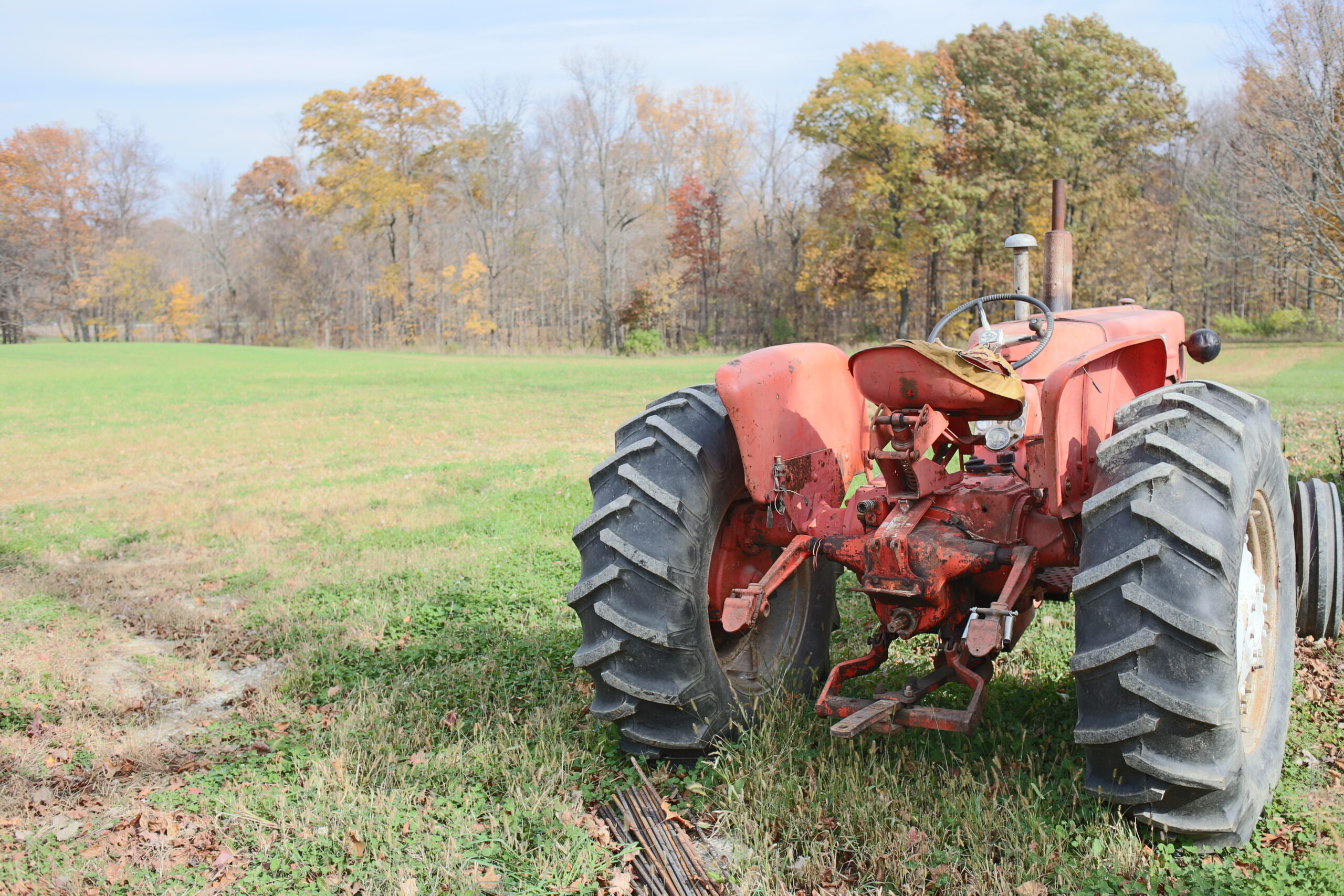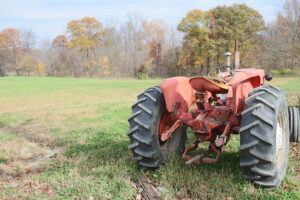
When most people hear “pole barn,” they think of a shed – buildings where the poles serve as the foundation instead of a poured concrete footer. While this might have been true 50 years ago, pole barn construction and use has changed dramatically, giving farmers and other homeowners many more options for their use. Today, we’ll give you a concise history of pole barn construction and examine how a modern pole barn can be an asset to your farm.
How Old Is Pole Construction?
The short answer: older than you think. Pole construction goes all the way back to pre-history, when the earliest known humans used posts embedded in the ground to secure their homes and other buildings. Since then, homeowners have learned the many benefits of pole buildings for agriculture, residential construction, and other industries. Pole buildings are especially popular in low-lying areas or shoreline locations. This is why you often see houses that look like they’re built on stilts near water or in low-country locations. They’ve been built to protect residents from flood damage and other hazards.
Technological Improvements
Unfortunately, the earliest incarnations of pole buildings were rather flimsy. For example, consistent water damage often caused wooden poles to rot, making the building unsustainable. However, in the 20th and 21st centuries, pole building materials have greatly improved. Now, poles are often made with rot-resistant lightweight metals or pressure-treated wood. Posts are also erected in sturdy concrete foundations rather than placed directly into soil. Metal sheeting and corrugated steel are also often used for walls, making buildings more resistant to weather damage, insect problems, and general wear-and-tear.
Advantages of Pole Barns
Pole barns became popular in America around the 1930s, when the Great Depression made it necessary to build with fewer materials, using practical and durable styles. H. Howard Doane is credited with combining sturdy posts and metal sheeting to come up with the first pole barn concept. Doane believed large, elaborate barns made with other materials like wood or shingles would “outlast their usefulness” on a farm, leaving hardworking farmers with inadequate storage and living space for their livestock. Thus, Doane began building barns with cedar posts as the main supports. Rafters were constructed every two feet, and walls were covered with galvanized steel.
Today, pole barns continue showing more advantages over traditional construction. To begin with, they are usually cheaper than traditional barns and will last longer because of their materials. The use of metal and galvanized steel also guarantees quality insulation. This helps maintain the barn’s temperature control no matter how extreme the weather is.
Pole barns are also advantageous because they are versatile. While still popular on farms, this type of construction can also be used for a residential garage, a home office, an open farmers’ market, or a retail store. The open siding encourages people to enjoy fresh air while they work or shop, while the insulation ensures building users remain comfortable. The construction is also environmentally friendly; the lessened expense means there isn’t as much competition for building materials, and the use of metal and steel saves energy by utilizing direct solar and thermal sources.